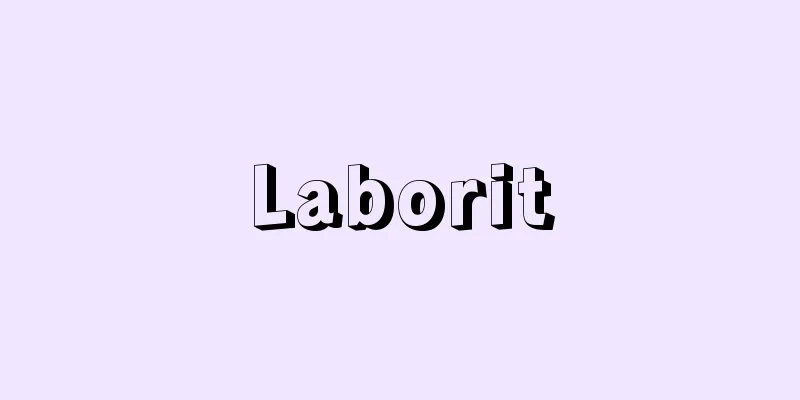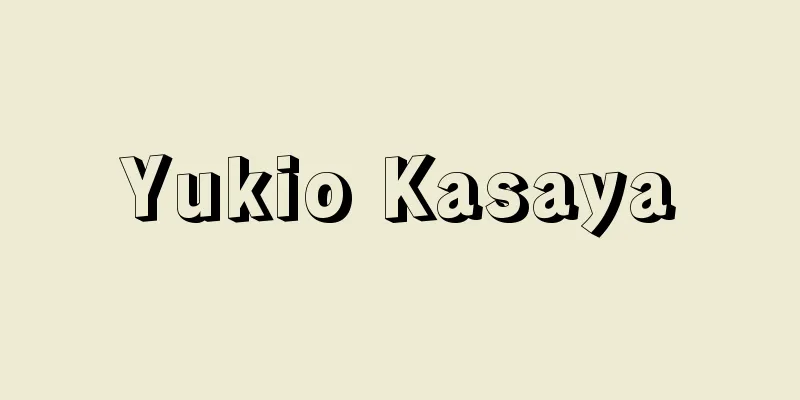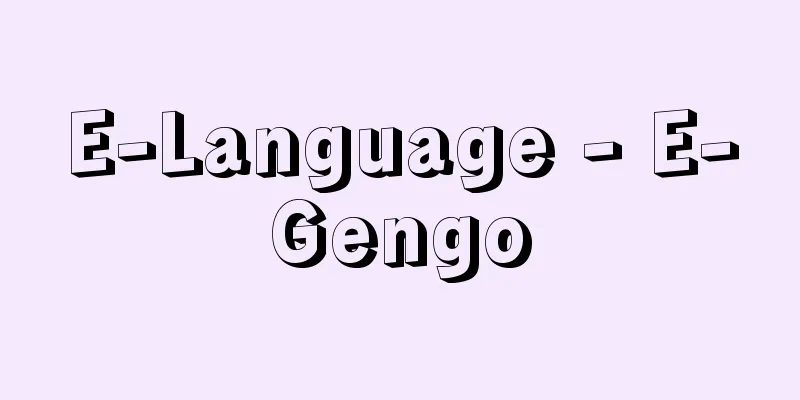Asahi Lawsuit - Asahi Lawsuit

|
Shigeru Asahi (1913-1964), who was a resident of Okayama National Sanatorium, filed a lawsuit against the Minister of Health and Welfare in August 1957. The lawsuit claimed that the standard for daily necessities for hospitalized patients (600 yen per month at the time) set by the Minister of Health and Welfare under the Public Assistance Law violated Article 25 of the Constitution, which states that "All people shall have the right to maintain the minimum standards of healthy and cultured living," and the Public Assistance Law which followed it. The lawsuit began in July 1956, when Shigeru Asahi's brother, who he had not heard from for many years, agreed to send him 1,500 yen per month at the request of the welfare office. The welfare assistance for daily necessities was terminated the following month, and the welfare status was changed to require him to pay part of his medical expenses (600 yen minus 1,500 yen, leaving 900 yen), and medical assistance would only be provided for the remaining medical expenses. The Tokyo District Court's first instance ruling (October 19, 1960) was a complete victory for the plaintiff, but the Tokyo High Court's second instance ruling (November 4, 1963) ruled that 600 yen per month for daily necessities was extremely low, but not illegal. Shortly after the appeal, the plaintiff died, and his adopted children, Kenji and Kimiko, took over the lawsuit, but the Supreme Court Grand Bench ruling (May 24, 1967) not only declared the case over because the right to protection cannot be inherited, but also stated in the majority opinion that the Minister of Health and Welfare had broad discretion in determining what the minimum standard of living was. The 10-year Asahi litigation campaign, which was called the "Human Trial" because it sought to guarantee the right to live a life worthy of human beings, is noteworthy as a forerunner of many subsequent social security movements calling for the realization of Article 25 of the Constitution. [Masaaki Ogawa] "Asahi Shigeru's memoirs, 'Human Trial' (1965, Kusado Bunka)" ▽ "The Asahi Lawsuit Movement History, edited by the Asahi Lawsuit Movement History Compilation Committee (1971, Kusado Bunka)" ▽ "The Social Security Trial, edited by Ogawa Masaaki (1980, Minerva Shobo)" [Reference] | |Source: Shogakukan Encyclopedia Nipponica About Encyclopedia Nipponica Information | Legend |
|
国立岡山療養所に入所中であった朝日茂(1913―1964)が1957年(昭和32)8月、当時の厚生大臣を被告として起こした訴訟。その内容は、生活保護法に基づき厚生大臣が定めた入院患者日用品費基準(当時月額600円)は、「すべて国民は、健康で文化的な最低限度の生活を営む権利を有する」とした憲法第25条と、それを受けた生活保護法に違反するというもの。訴訟の発端は、1956年7月、多年音信のなかった朝日茂の兄が福祉事務所の要求で月1500円の仕送りを約したため、翌月分から生活扶助としての日用品費を打ち切られたうえ、1500円から600円を引いた残り900円を医療費の一部自己負担とし、その残りの医療費についてのみ医療扶助を行うとする保護変更処分を受けたことにある。 一審の東京地方裁判所判決(1960年10月19日)では全面勝訴したが、二審の東京高等裁判所判決(1963年11月4日)は、日用品費月600円はすこぶる低いが違法でないとした。上告後まもなく本人が死亡、養子の健二・君子夫妻が訴訟を承継して争ったが、最高裁判所大法廷判決(1967年5月24日)は、保護を受ける権利は相続できないとの理由で訴訟終了を宣しただけでなく、多数意見傍論は、最低生活をどう定めるかについては厚生大臣に広範な裁量権があるとした。 人間たるに値する生活を営む権利の保障を求める訴訟のゆえに「人間裁判」とよばれた10年にわたる朝日訴訟運動は、憲法第25条の実現を求めるその後の多くの社会保障運動の先駆として特筆に値する。 [小川政亮] 『朝日茂の手記『人間裁判』(1965・草土文化)』▽『朝日訴訟運動史編纂委員会編『朝日訴訟運動史』(1971・草土文化)』▽『小川政亮編著『社会保障裁判』(1980・ミネルヴァ書房)』 [参照項目] | |出典 小学館 日本大百科全書(ニッポニカ)日本大百科全書(ニッポニカ)について 情報 | 凡例 |
>>: Asahi Shimbun - Asahi Shimbun
Recommend
right heart failure
...At this stage, pressure in the systemic and pu...
Welfare Society - Fukushishakai
A society in which people are guaranteed a healthy...
Ryuzan Stone
The name of the stone material. Tuff from Hyogo Pr...
Assam [State] - Assam
A state in northeastern India. It is surrounded by...
The monkey who listens to all the ways - shodō kimi mi se kenzaru
Ukiyo-zoshi. Five volumes. Written by Ueda Akinari...
Red Cross Society (English: Red Cross Society)
This is the Chinese equivalent of the Japanese Red...
Williams, CM (Biology)
…This moth is commonly found in North America, an...
Marinus
...The northeastern part of the limestone Monte C...
Greenockite
…It rarely exists as a single ore. It occurs in s...
Myoun - Myoun
Year of death: 11/19/1184 (1/3/1184) Year of birth...
Osteospermum ecklonis (English spelling) Osteospermum ecklonis
… [Eiichi Asayama]. … *Some of the terminology th...
Pavol Josef Šafárik
1795‐1861 Slovak scholar and poet. In Czech, his n...
Iwakuni Castle Town
…In 1975, the Shinkansen Shin-Iwakuni Station was...
mehterhane
…Information brought by the Crusaders who fought ...
Kakeroma Island
An island located southwest of Amami Oshima in Ka...









